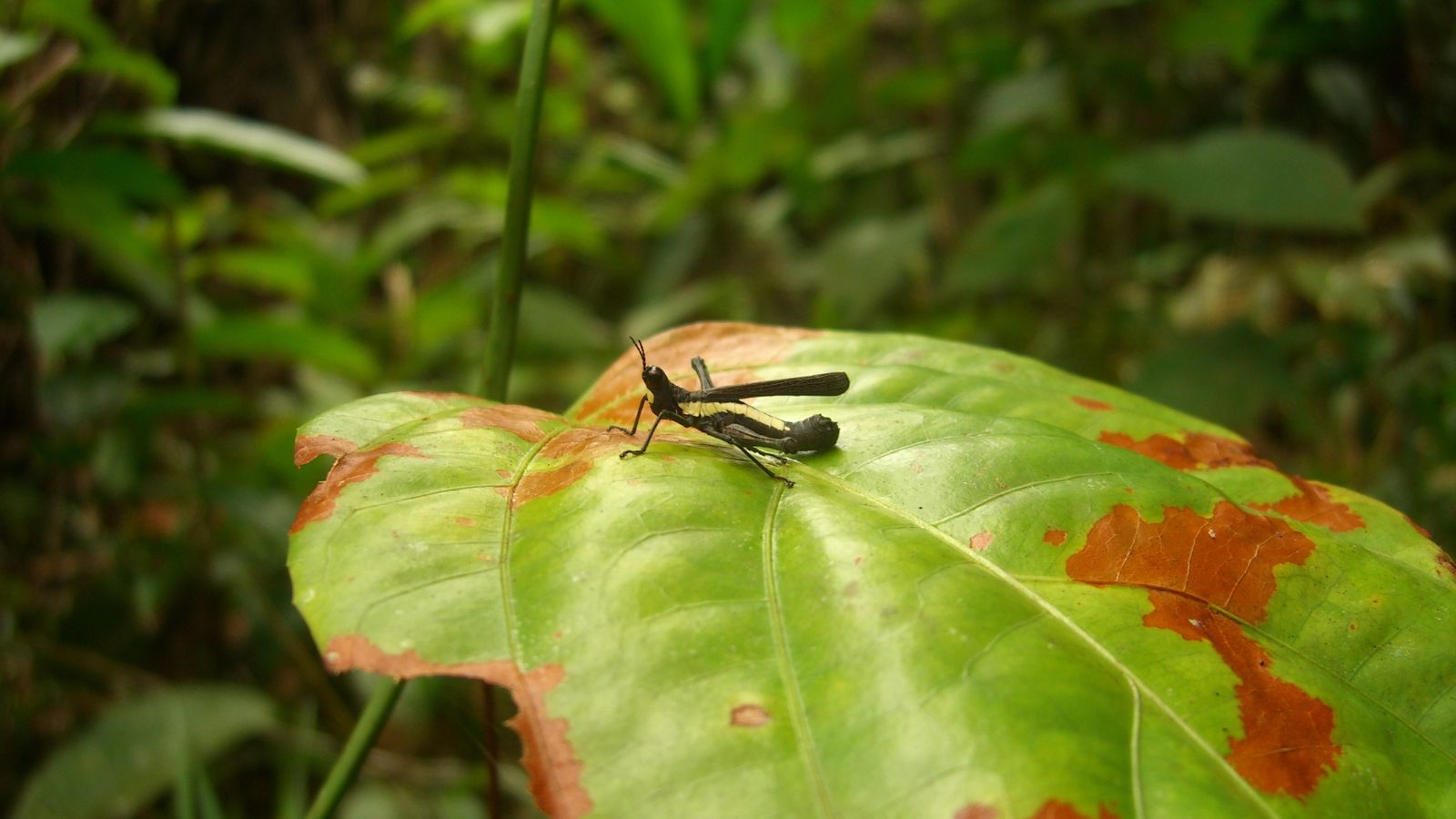Tropical rainforests are home to a diversity of insects, spiders, and other arthropods.
“The most common species that we were capturing … were crickets, caterpillars and these really beautiful walking sticks which were very common in cloud forest,” says Felicity Newell, a researcher at the University of Florida.
Her work finds that tropical arthropods may be more sensitive to changing rainfall patterns than previously thought.
Over a five-year period, she and colleagues from the Florida Museum of Natural History collected arthropods from the slopes of the Andes Mountains in northern Peru.
“We sampled across the elevational gradient and the rainfall gradient,” Newell says.
The researchers measured the arthropods’ biomass by calculating their weight per square meter. They found that the arthropods are extremely vulnerable to fluctuations in rainfall. Their populations decreased both during droughts and during periods of heavy rain.
“We found rainfall was the biggest driver of changes in biomass, with a 50% reduction in biomass during both wet and dry conditions,” Newell says.
So as climate change alters rainfall patterns in the tropics, many insects – and the food webs they support – could be at risk.
Reporting credit: ChavoBart Digital Media
Source link


